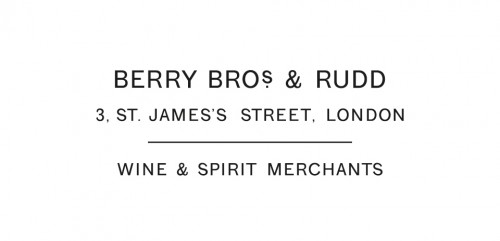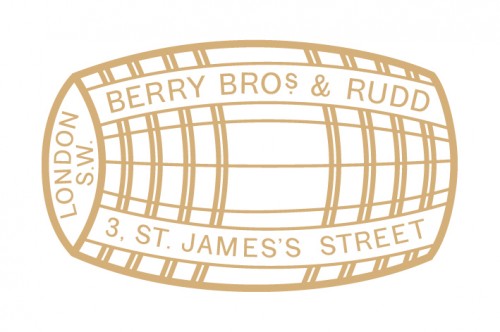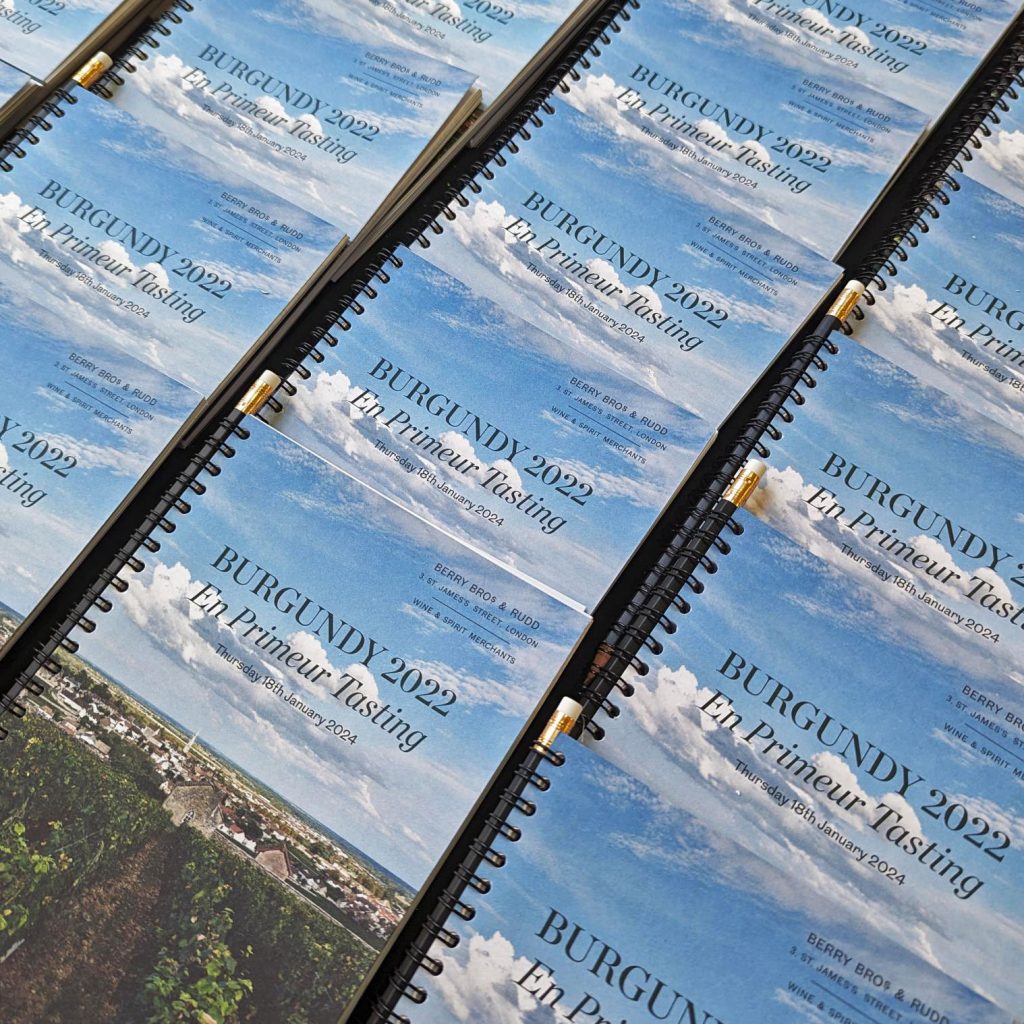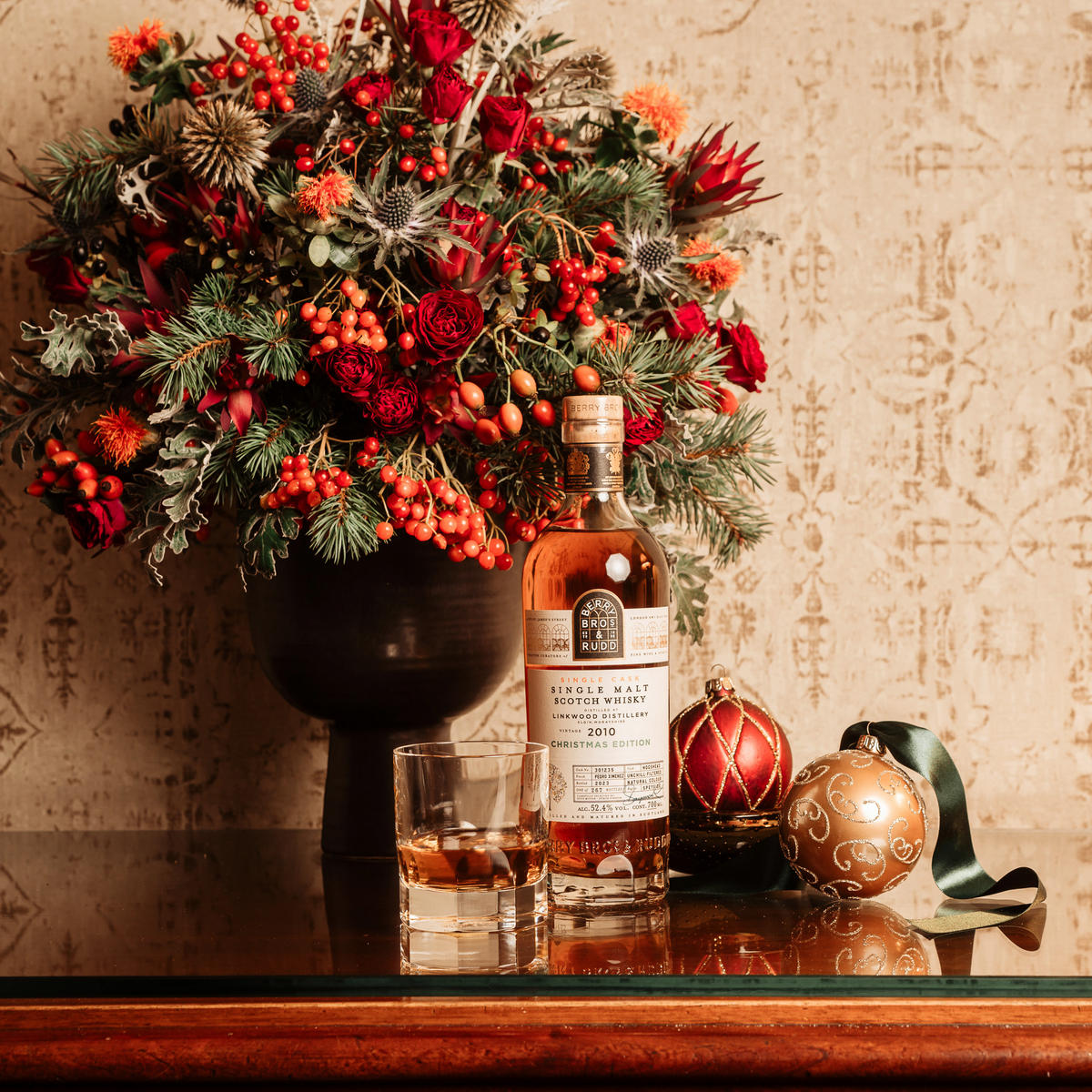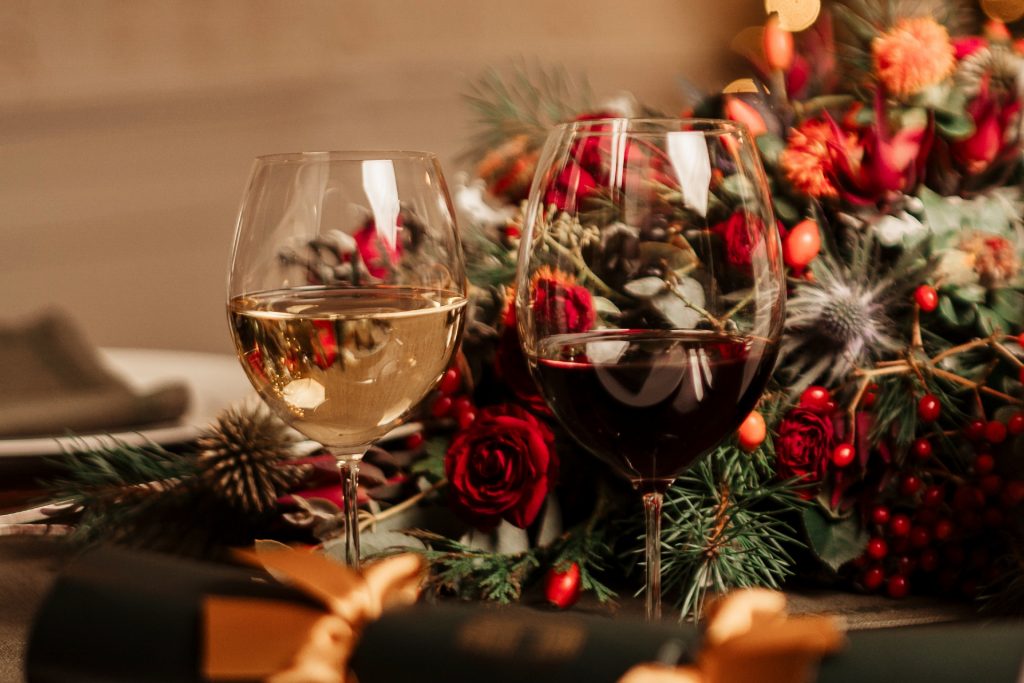Domaine Faiveley: big and small
Author: Charlie Geoghegan
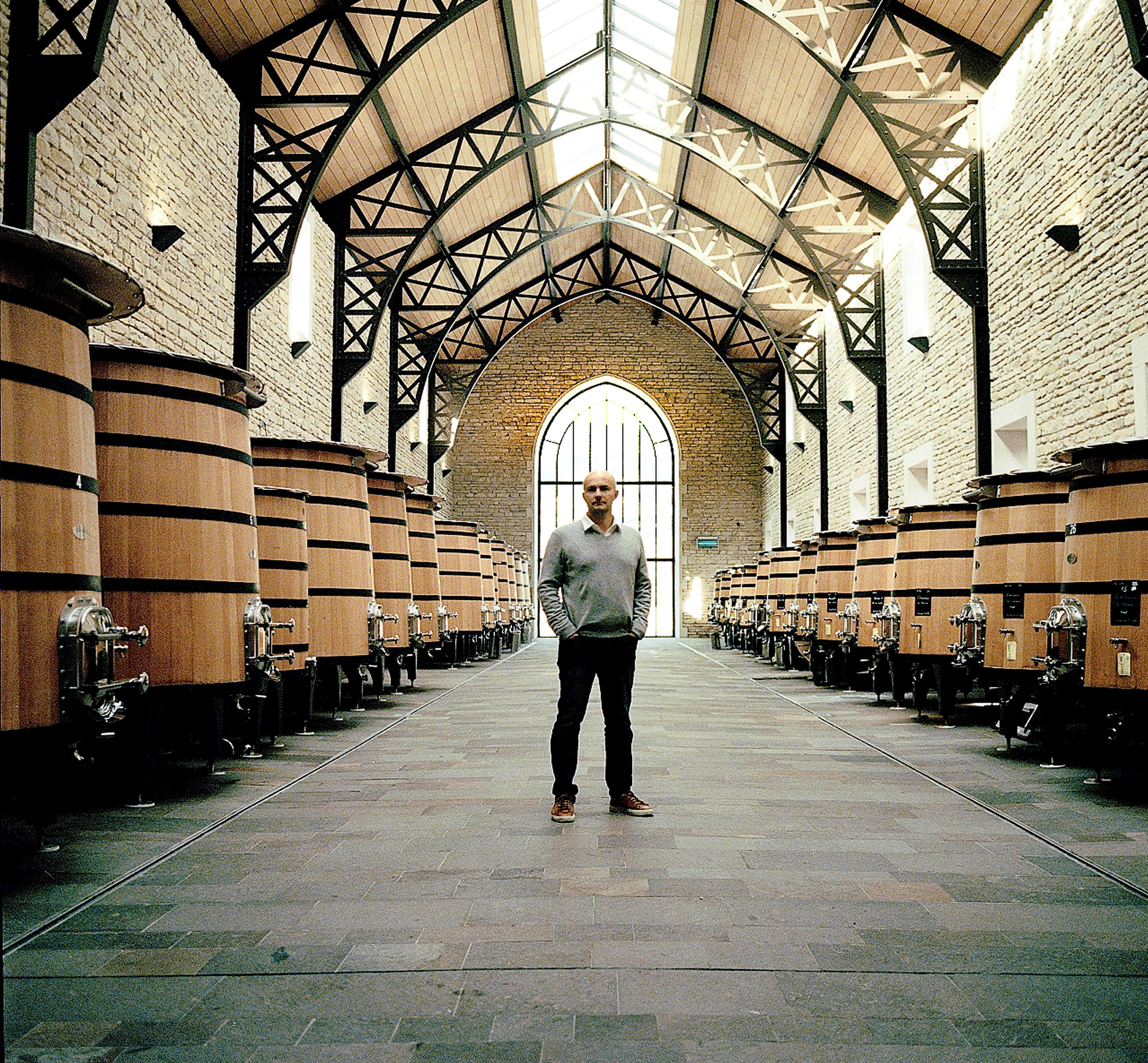
Erwan Faiveley leads one of Burgundy’s largest domaines – and one of its smallest major négociant houses. Domaine Faiveley doesn’t fit neatly into any one box, so how well do we really know it?
Quiet little side streets are ten a penny in Burgundy. Lots of Burgundian domaines sit along streets like Rue du Tribourg in Nuits-St Georges, though none of them is quite like Domaine Faiveley. Nothing in Burgundy is quite like Domaine Faiveley.
The vat room is big and bright. Daylight pours in through a massive arched window, framing the vista of vines just outside. This doesn’t feel particularly like Burgundy; you’d be forgiven for thinking you were in one of the better postcodes of Bordeaux or halfway up a mountain in the Napa Valley. Downstairs, the cellar is vaulted ceilings and oak barrels as far as the eye can see. It’s not very Burgundian in scale. Few Bordeaux châteaux have anything of this magnitude; it could be a Champagne House, or something out of the wine world altogether. Not quite the warehouse from Raiders of the Lost Ark, though not a million miles away either.
“In 18 years, I’ve never seen the cellar this full,” says Erwan Faiveley as he shows us around. The 2022 and 2023 vintages here have been generous. Erwan was just 25 years old when he took over the family firm. He doesn’t look a lot older now than he did back then. A little less hair, perhaps, but he has kept a bright, youthful air about him.
In that same time, however, there has been profound change here – and the Faiveley wines of today are in some ways unrecognisable from those of the past.
Faiveley family history
Faiveley is an old name in Burgundy, with the wine arm dating back to 1825. Turning the adage about how to make a small fortune in the wine business – you start with a big fortune – on its head, the family later became manufacturers to the railway industry in the form of the multinational Faiveley Transport.
In the early days, Faiveley was a négociant. His ancestors “were buying fruit, making wine and bottling it under our name,” Erwan says. Before long, the downside of relying on other growers became clear – “especially in Burgundy, where the notion of terroir is so important.” To build a lasting legacy, they decided they would have to own their own vineyards; they bought their first plot in 1834.
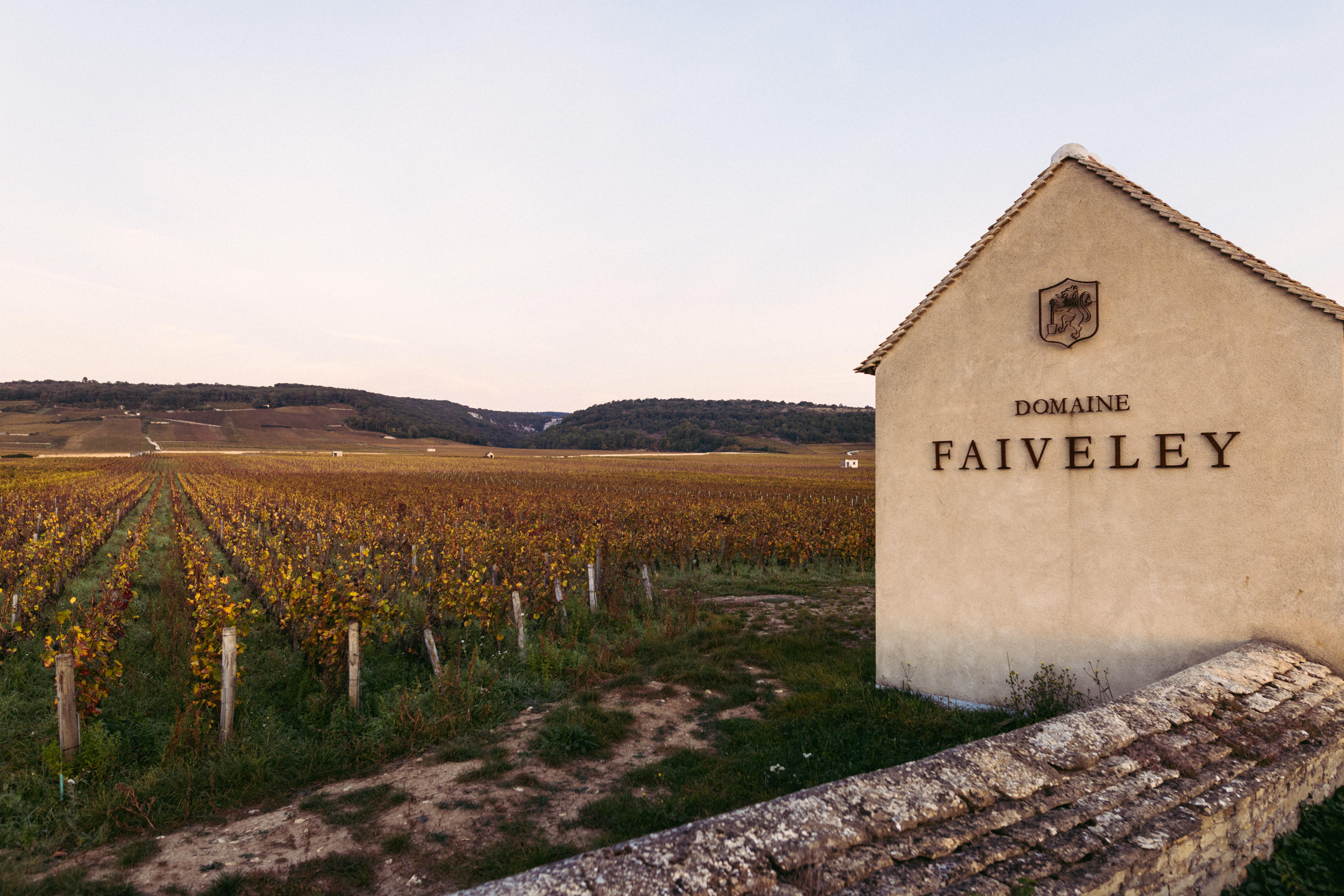
Over the years the family holdings have grown considerably. With around 120 hectares of vines, Faiveley is among the largest owners of vineyard land in Burgundy today. The portfolio is enviable, with a handful of monopole vineyards including the Grand Cru of Clos des Cortons Faiveley, along with a string of prized Grands Crus, Premiers Crus and village-level vineyards, for both red and white wine. Despite the domaine’s overall size, many of its individual holdings are tiny: the smallest, a microscopic (0.14-hectare) share of Musigny, yields no more than 500 bottles in a good year. They still operate as a négociant, those wines bearing the historic Joseph Faiveley label – and accounting for the equivalent of another 40 hectares of vines.
This puts Faiveley in a rather unique position: it’s bigger than virtually any other domaine, and yet the overall production doesn’t come close to that of the largest négociant houses. The scale is perhaps more Bordelais: Château Lafite Rothschild alone isn’t much smaller than Faiveley’s estate holdings; add sibling estate Château Duhart-Milon, and that one branch of the Rothschild family’s Pauillac holdings alone outweigh Faiveley’s entire domaine and négociant production the length and breadth of Burgundy.
By local standards at least, Faiveley is something of a giant. The structure of the family tree has played a part: there has never been an especially large extended family here. Many a Burgundian domaine has become progressively smaller as already small plots are divided among a raft of siblings and cousins, or because of familial in-fighting. “Wine companies in particular tend to blow up because you have too many cousins and stuff,” Erwan says.
Not so here. The domaine belongs entirely to Erwan and his two siblings. His sister, Eve Faiveley, has been playing an increasingly prominent role here since 2014. Each generation has managed to keep the estate intact while also making prescient, measured investments in new vineyards. And as he approaches his 20th year at the helm, Erwan’s mark has surely been felt.
“A pretty sweet job”
Erwan had aspirations of becoming an engineer until his father broached the idea of him running the domaine. François Faiveley had led the firm since 1976 and was starting to think about succession. “I began to realise that, well, it’s a pretty sweet job,” Erwan smiles.
Though he hadn’t planned on taking over when he was quite so young, Erwan’s time had come. “My father literally gave me the keys and he left with my mum; they moved to Switzerland.” (A strangely similar story is reported to have happened a generation earlier when 25-year-old François took over from his own father.)
When he took over, Erwan considered Faiveley to be “still a kind of classic négociant, a one-stop shop.” The range was far broader than it is now, offering wines from as far north as Chablis and as far south as Beaujolais. Erwan decided to simplify things, reducing the overall number of different wines, placing more of a focus on the estate-owned vineyards and less on bought-in grapes and juice: “We got rid of all the things that didn’t matter.”
François ran the firm for around 30 years and is considered to have put his own stamp on the style of the wines, particularly the reds. “My father has always loved very big and tannic wines,” Erwan says. By the mid-2000s, the domaine was closely associated with dark, dense and extracted red wines in that vein.
We are not our parents, though, and our wines need not be our parents’ wines. Erwan had a vision to shift the style here, “to focus more on the texture and the silkiness of Pinot Noir.” He didn’t quite have the know-how, so he enlisted the expertise of industry veteran Bernard Hervé, erstwhile head of Bouchard Père et Fils. “That was a gamechanger,” Erwan reflects. Together, they set about transforming the wines: adapting work in the vineyard and winery and hiring Bordeaux-native Jérôme Flous to oversee the necessary changes as vineyard manager and technical director.
One major development was switching from using pumps in the winery to using gravity. Pumping juice and skins from one vessel to another can extract additional tannin or colour from the grapes, making for a bigger, fuller-bodied style of wine – the antithesis of what Erwan was looking for. “By stopping the pumps, we changed the profile of the wines,” he says. “It’s like night and day.”
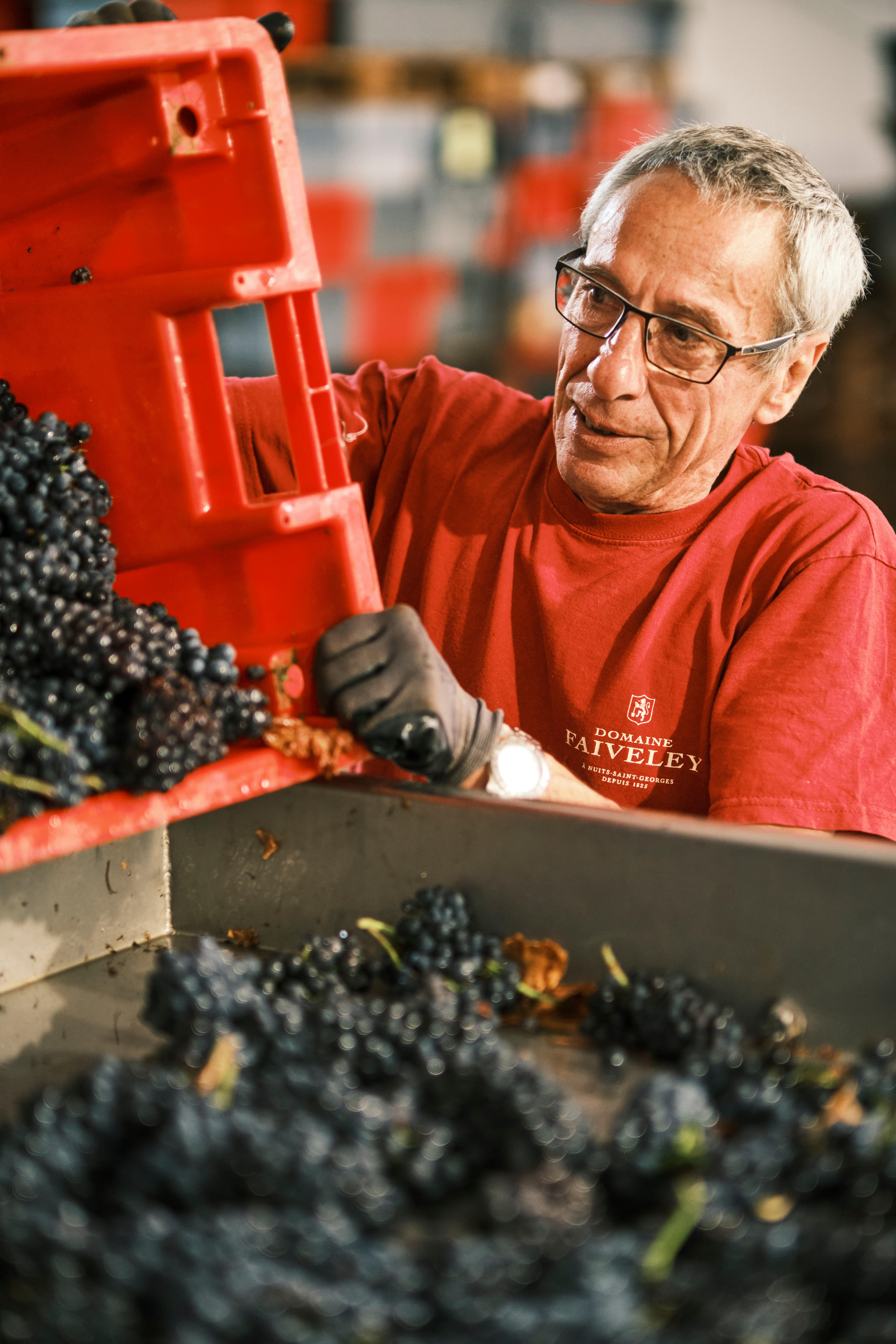
Stepping in and changing course was a big deal, and a risk. “My father was a little concerned,” Erwan admits. François’s wines had a loyal following, chiming as they did with the prevailing preferences of Robert Parker. There is well-documented history between François and the ubiquitous American wine critic (“my father hated him, and that’s an understatement”), though Parker rated those wines favourably, nonetheless. In the end, all but the most dyed-in-the-wool followers embraced Erwan’s new take on the wines.
“Wine is pretty much like fashion,” Erwan says. “The taste of Pinot Noir in the 1990s is not the taste that people want today. The more structured and tannic your wines are, the less people want them now.” Parker has stepped off the public stage and tastes have moved on. Whether the current appetite for “less extracted, subtler, silkier wines” is here for the long haul, Erwan can’t say. But after nearly 20 years working this way, you couldn’t accuse him of just following a fad.
A lot of ground to cover
The vast Faiveley estate covers vines from Marsannay at the northern tip of the Côte de Nuits all the way down to Montagny in the southern reaches of the Côte Chalonnaise. This is small-scale farming on a big scale; there is a lot of ground to cover. Organic conversion is underway for the entire estate, with certification expected in 2024. Covering such a broad sweep of land in the necessary detail is a logistical challenge, calling for around 70 vineyard workers, broken up into smaller teams.
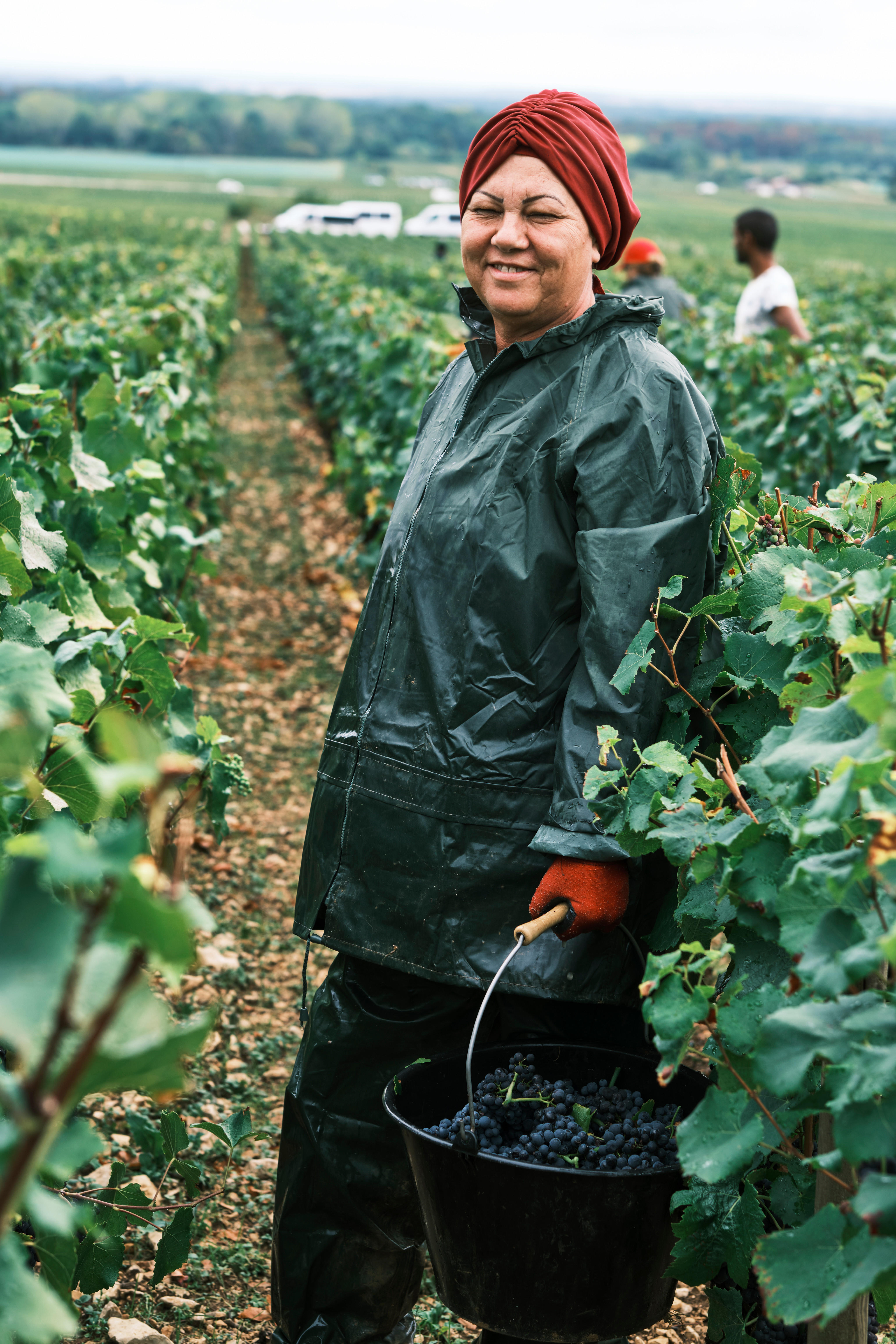
Fifty kilometres south of headquarters, Mercurey is the base of Faiveley operations in the Côte Chalonnaise. This particular côte sits between the Côte d’Or and the Mâconnais, and is often overlooked – but it has long been an important part of the Faiveley story.
Guy Faiveley, Erwan’s grandfather, bought the family’s first vines here in 1963, though his father, Georges, had worked with contract vineyards here as early as 1933. It’s more important than ever today, it seems. Erwan opened La Framboisière, the family’s state-of-the-art winery here, in 2016. The facility is impressive, as are the wines, which include several Premiers Crus.
Erwan is grounded in his ambition, though. “I don’t want to make Mercurey wines that look like wines from Gevrey-Chambertin,” he says. “They are not the same terroirs. There’s no way that Mercurey will compete with Mazis-Chambertin. And that’s a good thing.”
Having a foot in both the grower and négociant camps, and deliberate focus now on the former, has set the firm up to deal with changing power dynamics in Burgundy. “Fifty years ago,” Erwan says, “access to the market was very costly, so négociants were very powerful.”
Today much of the power is in the hands of individual growers, and in many cases it’s the négociants that are beholden to growers. Faiveley appears to enjoy the best of both worlds.
To grow or not to grow
Appearances can be deceiving. A quiet side street might bely the immense, almost otherworldly cellars lying beneath. A wine estate can be simultaneously very big and really quite small; three siblings can run one of Burgundy’s largest domaines and one of its smallest major négociants.
He’s decisive, well organised and clearly has a head for business but, by his own admission, Erwan is not overly future-focused. “I try to work with a 10-year plan,” he says. “After 10 years, you never know what’s going to happen.” One thing conspicuously absent from his current plan, however, is expansion. “I don’t want to grow anymore,” he says. “I’m very happy with what we have.”
The word “never” doesn’t seem to be in his vocabulary, though. “If tomorrow, someone offers me a little bit of Montrachet, then why not?”
